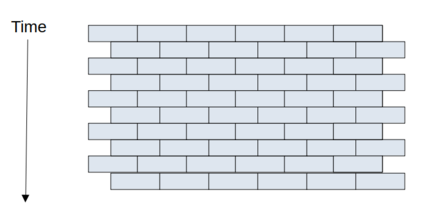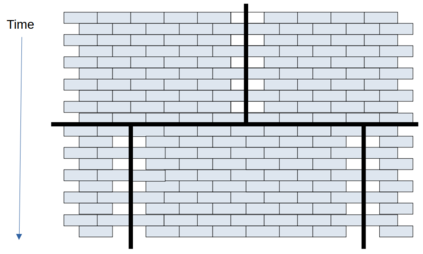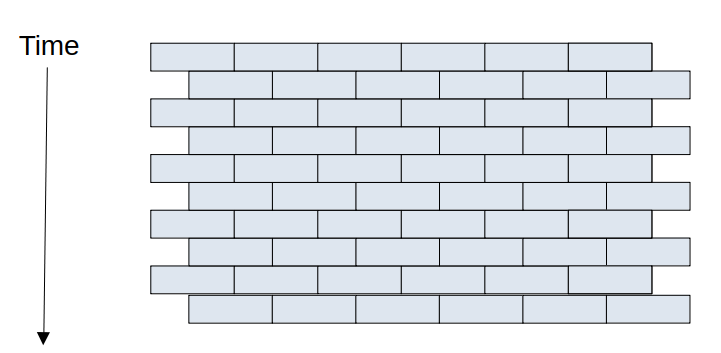A major line of questions in quantum information and computing asks how quickly locally random circuits converge to resemble global randomness. In particular, approximate k-designs are random unitary ensembles that resemble random circuits up to their first k moments. It was recently shown that on n qudits, random circuits with slightly structured architectures converge to k-designs in depth O(log n), even on one-dimensional connectivity. It has however remained open whether the same shallow depth applies more generally among random circuit architectures and connectivities, or if the structure is truly necessary. We recall the study of exponential relative entropy decay, another topic with a long history in quantum information theory. We show that a constant number of layers of a parallel random circuit on a family of architectures including one-dimensional `brickwork' has O(1 / logn) per-layer multiplicative entropy decay. We further show that on general connectivity graphs of bounded degree, randomly placed gates achieve O(1 / nlogn)-decay (consistent with logn depth). Both of these results imply that random circuit ensembles with O(polylog(n)) depth achieve approximate k-designs in diamond norm. Hence our results address the question of whether extra structure is truly necessary for sublinear-depth convergence. Furthermore, the relative entropy recombination techniques might be of independent interest.
翻译:暂无翻译







